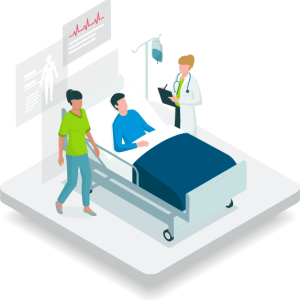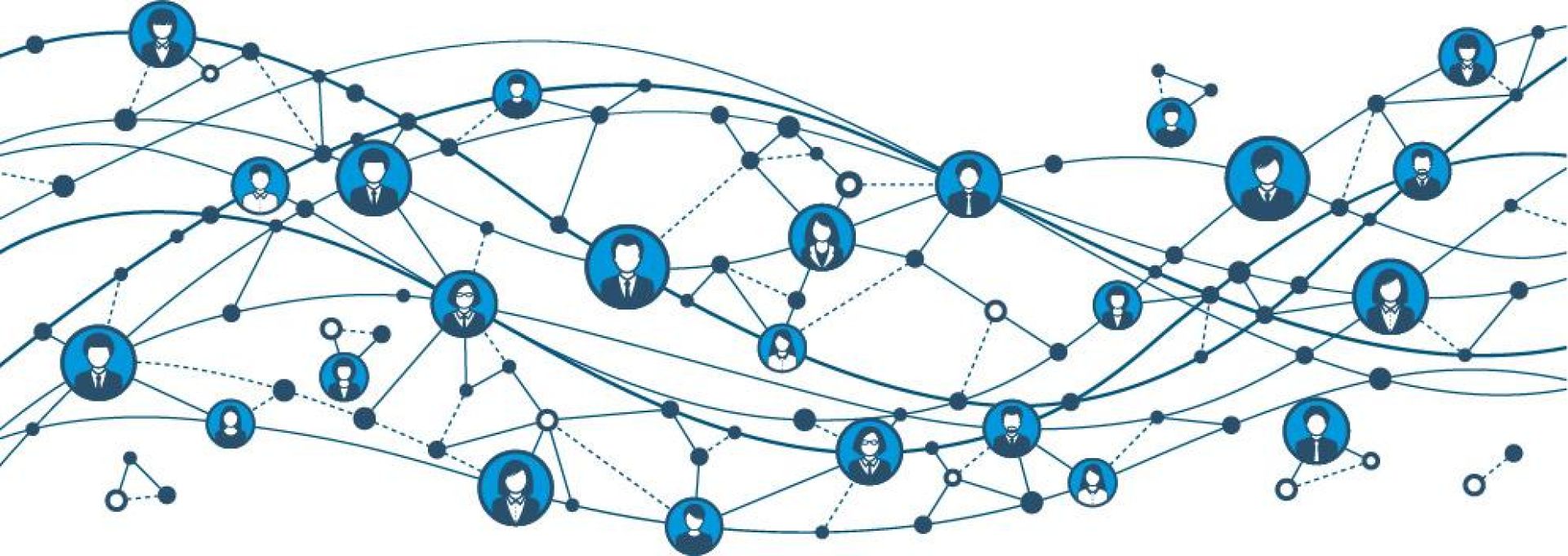Original color image, rectangular, 1440×810

Two images layered on top of each other manually

Color image tinted blue

Two images layered on top of each other programatically (no separate animation)

Two images layered on top of each other programatically (no separate animation)

Two images layered on top of each other programatically (no separate animation) – small image

Two images layered on top of each other programatically (no separate animation) – small image



